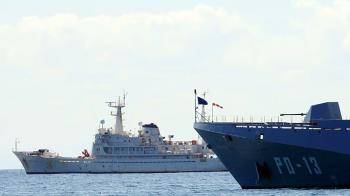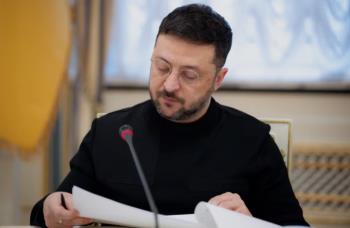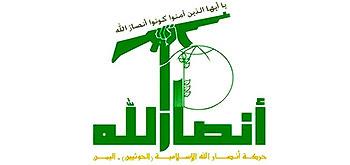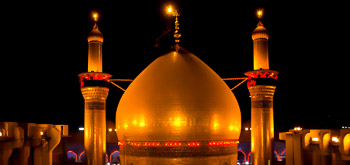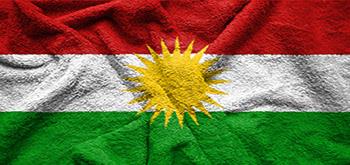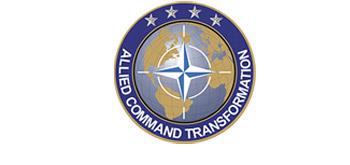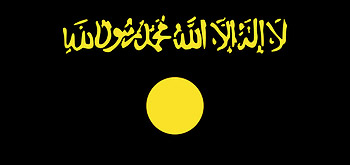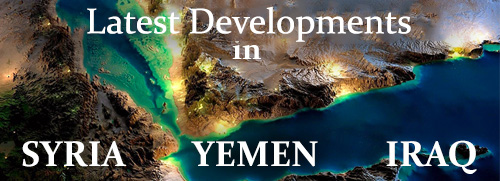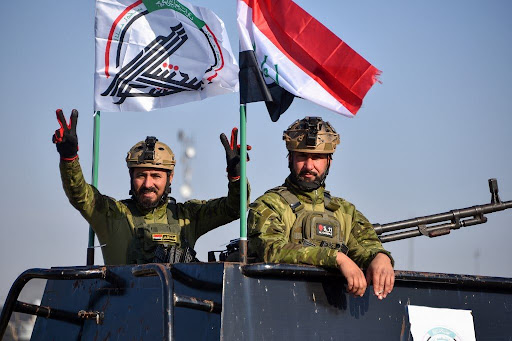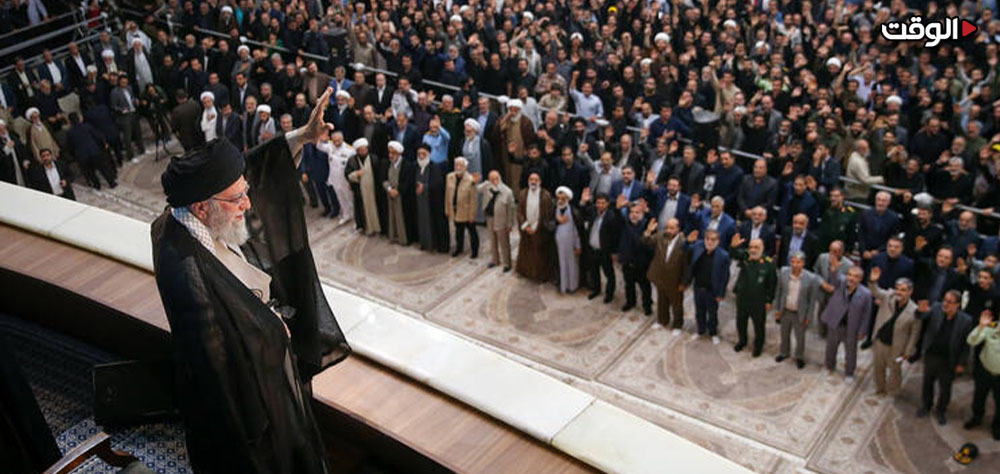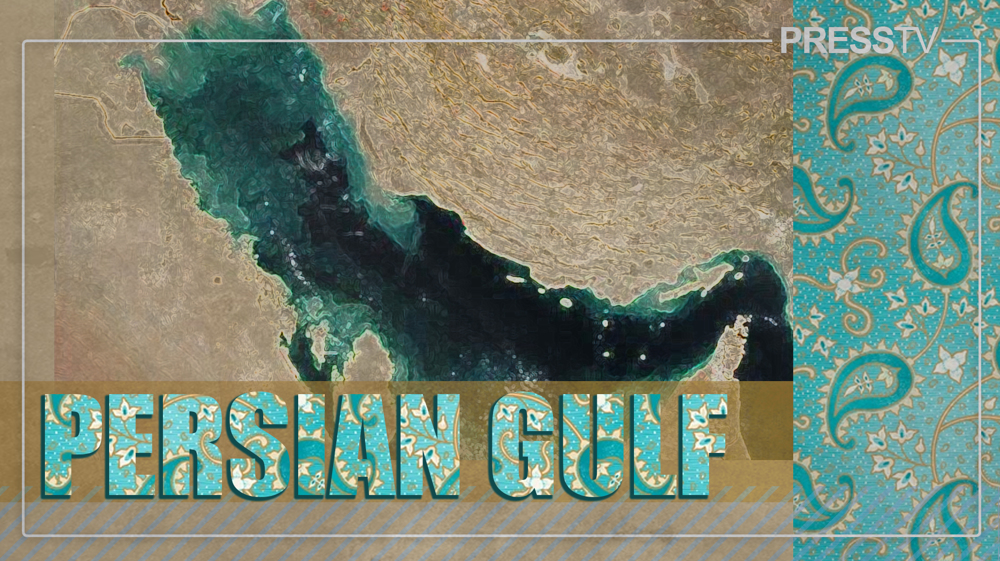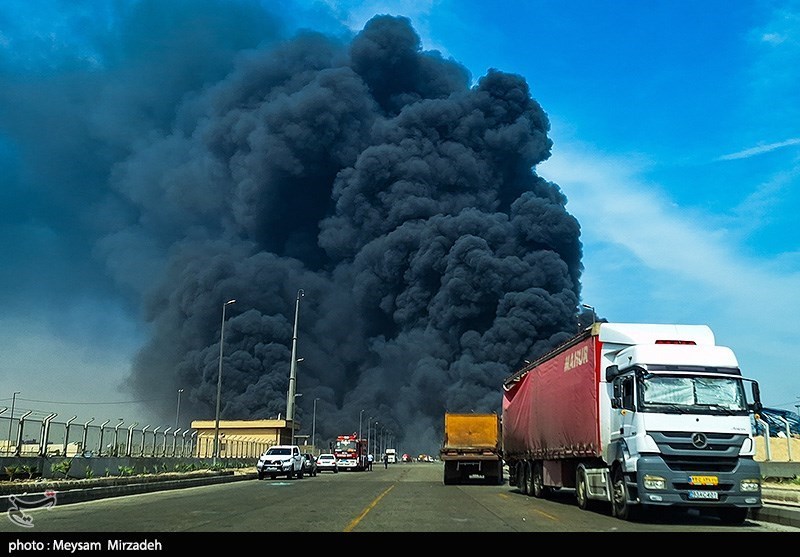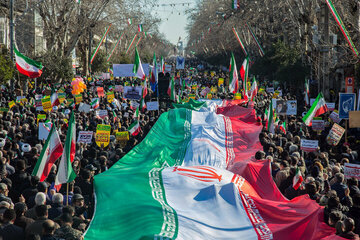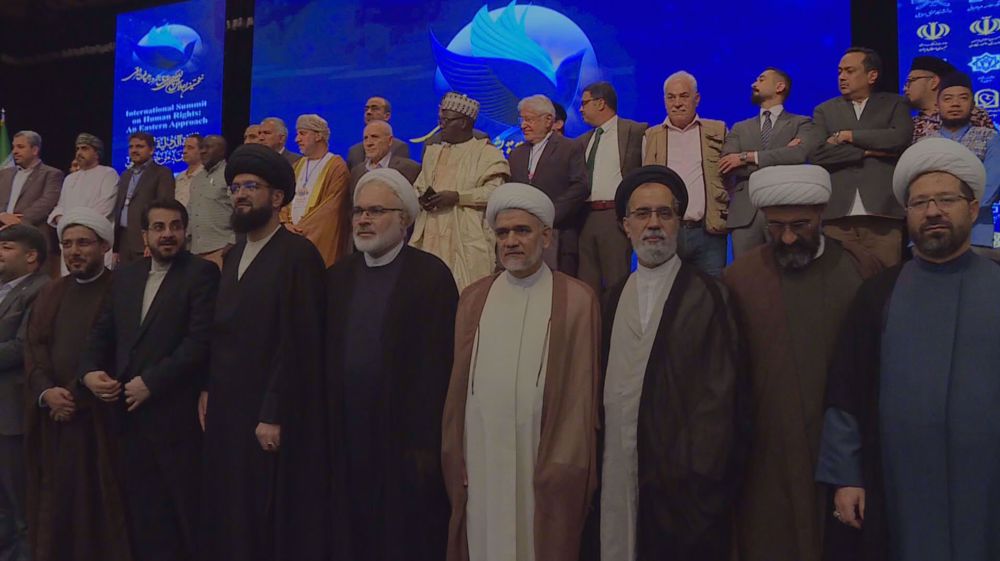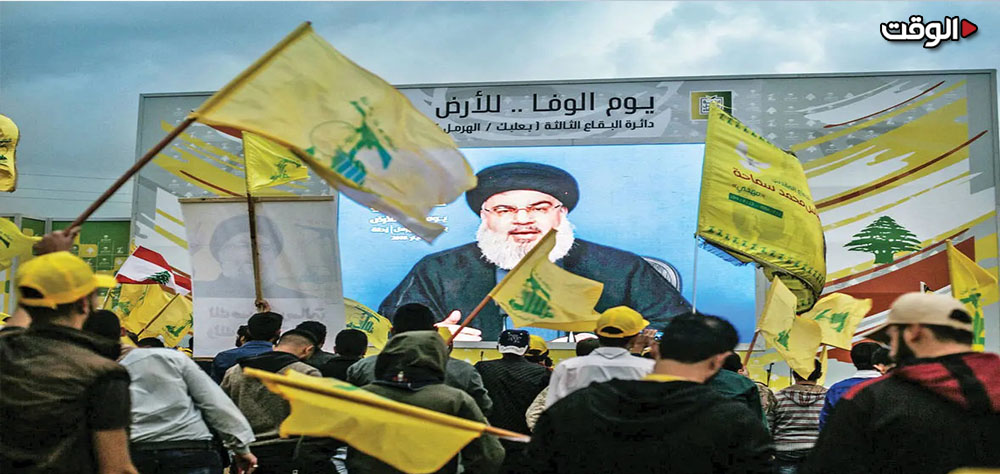Alwaght- Following the 12-day war Israel waged against Iran, the regional equations have undergone drastic changes, with massive efforts being made by some international actors to contain and undermine the Axis of Resistance. One of the main stages of this quiet battle is Iraq that due to its geopolitical position plays a vital role in the West Asian security equations.
In recent weeks, there have been plans under such titles as "strengthening the government rule" and "disarming groups off the government structure" with the main aim being disarming the resistance groups active under the Popular Mobilization Forces (PMF).
The current moves seem to be part of a broader scenario to redraw the map of the region and implement the "New Middle East" plan, a scenario that could ultimately lead to the split of Iraq, the weakening of the Axis of Resistance, and the expansion of the influence of the Israeli regime and Turkey. This report sheds light on the various dimensions of this dangerous plan.
1. The plan to disarm Iraqi resistance groups: Actors, instruments, and aims
- Iraqi government's role in leading the pressures
The government of Prime Minister Mohammad Shia al-Sudani in this sensitive situation and under the growing pressures from the US and some Arab countries has entered the challenging path of disarmament of the resistance groups. This move, being advanced under the guise of "limiting weapons to government", is actually as many observers suggest is a dictate by the foreign actors to Baghdad.
Since the formation of the al-Sudani government, the US has sought to exert pressure to reduce Iran's influence in Iraq by weakening the PMF.
The Arab countries of the Persian Gulf also support this scenario in order to dismantle the Iran-led Axis of Resistance.
The al-Sudani government is trying to advance the disarmament plan gradually and ostensibly legally, but this process could seriously jeopardize Iraq's internal security.
This is despite the fact that these forces have been recognized as part of the armed forces under the PM's command in the country's military structure under the law of parliament during the Adel Abdul Mahdi premiership, and as a result, it is not possible to speak of the weapons of the resistance groups as being outside the authority of the government. Moreover, these forces have played an irreplaceable role in combating takfiri terrorism and preserving the territorial integrity of Iraq, and have proven their efficiency, discipline, and popular legitimacy.
- Return of Muqtada al-Sadr: An actor or an instrument?
Muqtada al-Sadr, who walked out of politics after the political deadlocks of 2022, has suddenly returned to the political scene and has adopted much harsher positions than in the past towards resistance groups.
In addition to boycotting the upcoming elections early, he has called for the disarmament of all militia groups outside the control of the government, and has particularly targeted the PMF.
In a handwritten message published on X, he wrote: “Right cannot be established and wrong cannot be repelled except by handing over abandoned weapons to the government, disbanding the militias, strengthening the army and police, ensuring Iraq’s independence and non-subordination, working diligently for reforms and holding the corrupt accountable, and what is hidden is greater.”
Many observers believe that al-Sadr is consciously or unconsciously playing into the scenario whose ultimate goal is to eliminate the deterrent power of the resistance and pave the way for the return of security crises to Iraq.
There are reports that al-Sadr is currently moving in a direction aligned with Saudi Arabia and the US, a direction that may be the result of miscalculation and an attempt to eliminate rivals on the path to power, because although al-Sadr had previously announced that he had withdrawn from politics forever, his recent positions indicate that boycott is a tool to advance his plans in the upcoming elections.
According to the decision of the Iraqi Council of Ministers, the parliamentary elections are set to be held on November 11.
According to the electoral law, these elections must be held 45 days before the end of the current parliamentary term, which ends on January 8, 2026.
Al-Sadr’s positions have not met with a positive response from the resistance movement and have even led to the mobilization of groups to strengthen unity within Iraq and confront possible foreign pressures.
For example, Abu Ali al-Askari, the security spokesman to the Hezbollah Brigades in Iraq has attacked positions of those who are calling for disarming resistance groups.
In an X post, he said: "The wail of the cowards stems from the criminal Zionist-American cries for the abandonment of the weapons of resistance in Iraq, which protected the government and holy sites when the army was defeated and Baghdad almost fell... Let the world and those who are deaf hear that the weapons of the resistance are the trust of Imam Mahdi (AS) with the mujahideen and the decision to abandon them is in his hands alone."
In this regard Abu Alaa al-Willaee, the secretary-general of Sayyed Al-Shuhada Brigades of Iraq, in a similar post said that "laying down the arms produces nothing but humiliation, degradation, and regret."
2. Behind the scenes of plan: New Middle East and partition of Iraq
Certainly, eliminating one of the main security pillars in Iraq is one of the pillars of American policy in Iraq and the region. Therefore, considering the goals that Washington has set for drawing its desired political, security, and geopolitical vision in the region in line with the interests of the Israeli regime, we can speak of the inevitable security consequences of disarming the resistance groups in Iraq for Baghdad.
- Return of terrorism: Threat of return from Syrian borders
One of the certain outcomes of the disarming the resistance groups is undermining the Iraqi defense structure against remnants of takfiri terrorism.
The ISIS rise and the takfiri attack from Syria on Iraq in 2014, and the proof of the involvement of the US and its allies in this plot, clearly proved that the security and stability of Iraq are tied to the situation in Syria. Just as in the early days of the seizure power by the militant groups led by Hayat Tahrir al-Sham in Damascus the Iraqi politicians and public opinion panicked, now we should not imagine that the apparent formation of a new government and the support of regional and Western countries for Abu Mohammad al-Jolani in Syria and his gang mean the removal of Syrian threat to the stability of Iraq.
Reports indicate that the militants under the command of al-Jolani are engaged in bloody repression of the opposition, especially minorities, and on the other hand, the lack of trust among ethnic and religious minorities in al-Jolani’s promises and slogans has caused even the US Secretary of State to see the prospects for stability in Syria as dark and ambiguous.
So, as a result of the absence of resistance groups as a shield for people, transfer of terrorists and arms and light equipment from Syria to Iraq's western regions, especially Al-Anbar province, will be a serious danger and the highly likely scenario is the repetition of 2014 scenario and fall of western Iraq to the terrorist groups.
The aim of this plan is not just to destabilize Iraq but also to split the country to regions with independent rule to finish off a powerful and united Iraq.
- Turkish intervention: Expanding influence in the north
Turkey has significantly expanded its military presence in northern Iraq in recent years, focusing on the fight against the PKK.
Turkey’s extensive military operations in the Iraqi Kurdistan Region and border areas have suspiciously coincided with moves against the PMF.
Ankara is seeking to capitalize on the vacuum created by the weakening of resistance groups to create a buffer zone in northern Iraq that would be effectively controlled by the Turkish military.
Some analysts predict that Turkey will make historical claims to Iraqi regions such as Mosul and Kirkuk in the future.
Turkey welcomes the elimination of the PMF, as this powerful popular force has been one of the main obstacles to Turkish expansionism in Iraq.
- American-Israeli joint project
The US and Israel have common interests in weakening the Axis of Resistance.
Israeli has repeatedly attacked resistance positions in Syria and Iraq and now it is seeking to complete this process using pressures on Baghdad.
Washington, which has maintained its forces in Iraq since ISIS war, is working to advance its agenda without direct engagement through activating its Iraqi and regional pawns.
3. Dangerous consequences of the resistance disarming
If disarming the resistance groups in Iraq is concluded successfully, dangerous developments are expected in the region:
Increased threat from terrorist groups: The security vacuum resulting from the weakening of the resistance groups could lead to the return of ISIS or similar groups in the western and northern regions of Iraq.
Expanding foreign influence: Turkey and the Israeli regime could expand their sphere of influence in Iraq.
Iraqi split: If resistance groups as guardians of Iraqi security and unity are disarmed, a gradual collapse of the unified structure of Iraq and the formation of new autonomous regions will be highly likely.
Increasing ethnic and religious conflicts: With the weakening of the Axis of Resistance, internal conflicts between Shiite, Sunni and Kurdish groups will increase.
Possibility of Iraq becoming a stage for full-scale proxy wars: Competition between regional and global powers could turn Iraq into a scene of new proxy wars.
Conclusion
The plan to disarm the resistance groups cannot be regarded an internal Iraqi security arrangement. It is part of a broader project for regional geopolitical change and collapse of the Axis of Resistance. Field development suggest that this plan can produce catastrophic impacts to the security of Iraq and the whole region.
In such conditions, maintaining vigilance and national cohesion, and boosting the Resistance camp is key not only to Iraq but also to the Axis of Resistance and the region at its entirety. Only through unity of the political and resistance groups that they can withstand such a complicated and dangerous scenario.

